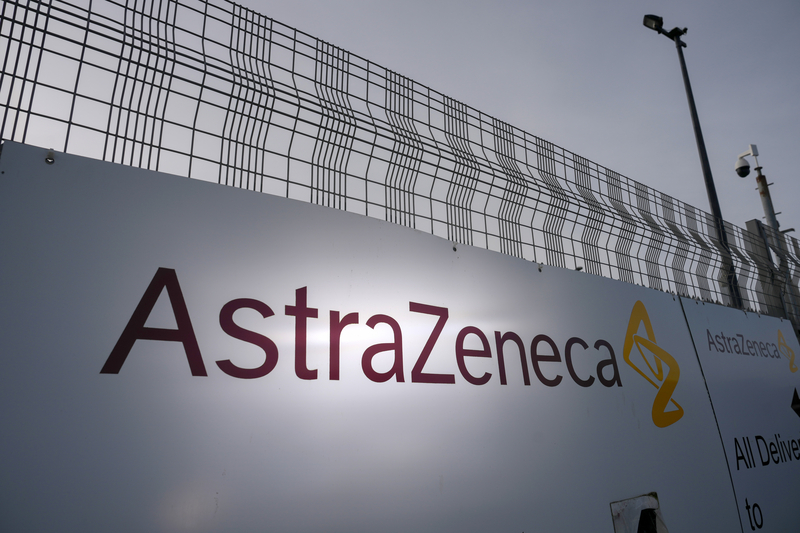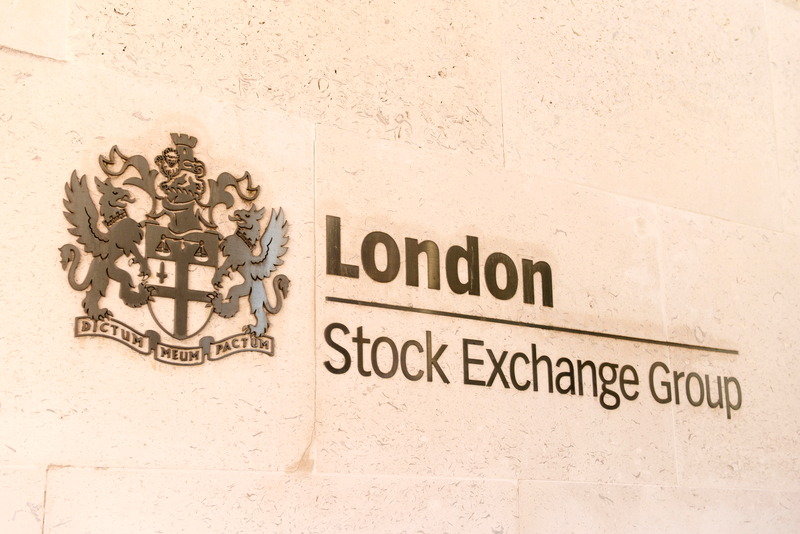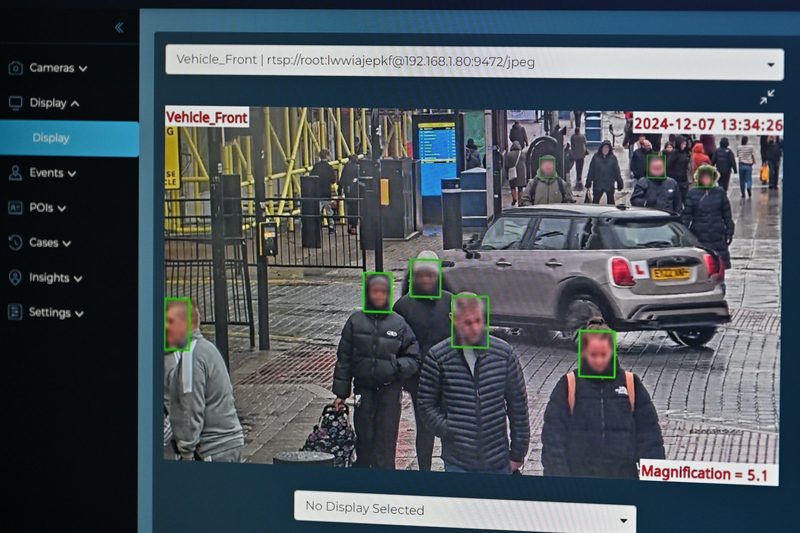The European Union’s Markets in Crypto-Assets Regulation (MiCAR) has reached its first major milestone. From June 30, 2024, issuance of stablecoins in the EU that reference a single fiat currency (e-money tokens or EMTs in the legislation) is restricted to credit institutions and e-money institutions. Issuing stablecoins that reference multiple fiat currencies or other underlying assets (asset-referenced tokens or ARTs) is limited to credit institutions and firms that obtain specific permissions.
With MiCAR, the EU has created a harmonized legal platform for the development of regulated stablecoin business that will change how issuers engage with token-holders. Issuers of regulated stablecoins will have to meet detailed requirements on transparency, asset reserves, and risk management that are derived from existing legislation for traditional financial services. EMTs, which are commonly used to substitute for cash in digital exchanges, will be deemed a form of e-money under EU rules.
With these developments, investors should gain comfort that they can redeem regulated stablecoins for fiat currency. In turn, that should promote market stability and liquidity.
The difference in standards between the EU and other major markets could fragment the markets for stablecoins globally.
The transition will not be without challenges. Digital exchanges – which, in common with other crypto-asset service providers (CASPs), start to fall under MiCAR after December 30, 2024 – could be forced to delist stablecoins that do not meet their standards. Large issuers operating in offshore jurisdictions will need to establish in the EU to remain compliant.
The difference in standards between the EU and other major markets could fragment the markets for stablecoins globally. How market participants will adapt, and what adjustments will be made at the supervisory level, remains to be seen.
Implementing rules
In order to implement MiCAR fully, delegated acts and technical standards still need to be adopted by the European Commission and published in the Official Journal. A full set will not be in place for the 30 June 2024 milestone, but most of the regulatory technical standards (RTS) and implementing technical standards (ITS) assigned to the European Banking Authority (EBA) and the European Securities and Markets Authority (ESMA) have been made public. By convention, changes to these are rare, so stablecoin issuers have insight into the expected final positions.
Some of the technical standards and supervisory guidelines are being released close to the wire. We recently summarized a package of implementing rules from the EBA, addressing technical measures for the reserve of assets to be established and managed for certain regulated stablecoins. Subsequently, the EBA has published a package that details arrangements for reporting, liquidity stress testing and supervisory colleges. It is comprised of final reports on the following technical standards:
- RTS on the qualification of ARTs and EMTs denominated in a non-EU fiat currency as a “means of exchange”.
- ITS on the reporting on ARTs and EMTs denominated in a non-EU fiat currency.
- RTS on supervisory colleges.
- Guidelines on liquidity stress testing.
In practice, the timing of these implementing rules should have the greatest impact on existing issuers of regulated stablecoins moving to comply with EU rules; particularly, through changes to systems and operating procedures. It is not unusual for complex legislative packages to take some time to be finalised in the EU, so a level of supervisory forbearance can be expected.
See also on GRIP EBA publishes final draft technical standards under MiCAR.
What happens next?
With the arrival of the milestone for regulated stablecoins, the EU has taken a leading position globally. Already, the influence of MiCAR can be seen in the development of legislation in the Asia-Pacific region, the United Kingdom, and the United States. The major policy question is whether it will lead to market fragmentation and encourage stablecoin issuers to operate outside of the Union. The answer to that lies, to a large extent, in the needs of the digital exchanges that use these stablecoins as settlement instruments.
For EU investors acquiring regulated stablecoins, however, MiCAR brings new levels of assurance that their investments will be issued by authorized firms and backed by sufficient assets to support redemptions. The professionalisation of the markets for digital assets will put them on a footing much closer to traditional finance, and supervisors will have a much better view into them. There are parts of the regulatory framework still to be firmed up; but, with the passing of each milestone, the days of the “Wild West” draw closer to an end.
Etay Katz and Bradley Rice are partners in the financial regulation practice and Simon Helm is a counsel (consultant) in the digital assets practice at Ashurt.














